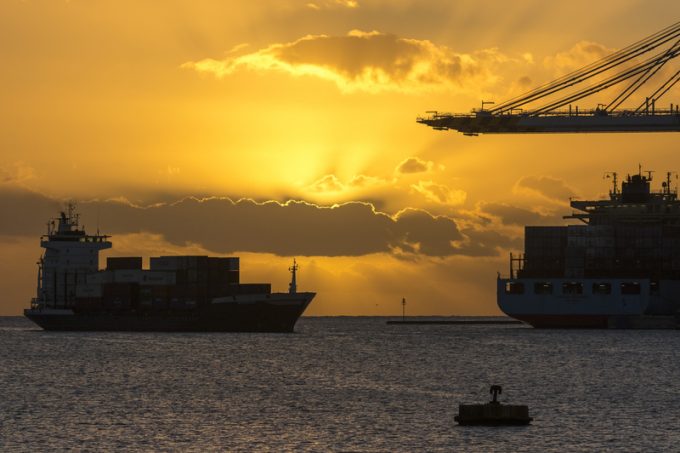Idle containership fleet grows a little – but emissions are soaring
The end of the early peak season and a truncated US east coast port strike ...

Owners of smaller containerships are now settling for much shorter charters and reduced daily hire rates as the market continues to soften.
The ’normalisation’ of the sector will be of great assistance to shortsea and feeder operators, which require flexibility in their operating fleets to meet demand peaks and troughs.
Feeder operators in particular will be relieved. One contact told The Loadstar it had been “feast or famine” this year for its liner feeder services.
“One week we have a lot of volume to ...
Asia-USEC shippers to lose 42% capacity in a surge of blanked sailings
USTR fees will lead to 'complete destabilisation' of container shipping alliances
Outlook for container shipping 'more uncertain now than at the onset of Covid'
New USTR port fees threaten shipping and global supply chains, says Cosco
Transpac container service closures mount
DHL Express suspends non-de minimis B2C parcels to US consumers
Zim ordered to pay Samsung $3.7m for 'wrongful' D&D charges
Flexport lawsuit an 'undifferentiated mass of gibberish', claims Freightmate
Cancelled voyages take the sting out of spot rate declines this week
Uncertainty over US tariffs sparks interest in bonded warehouses for imports
Shippers warned: don't under-value US exports to avoid tariffs – 'CBP will catch you'
Blanked sailings in response to falling demand 'just a stop-gap solution'


Comment on this article